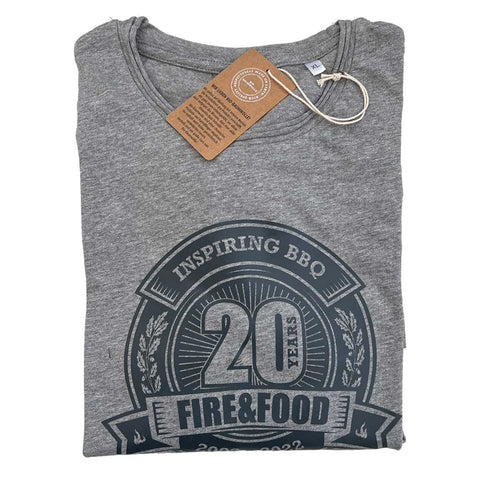Filleting salmon step by step
Hardly any other food fish is as popular in our country as salmon. Like the trout, it belongs to the salmonid family (salmon fish). Salmon are so-called anadromous fish and can adapt their water balance to the different conditions in fresh and salt water. They begin their life in fresh water, migrate as juveniles through rivers to the sea and return as adults to their birthplace in fresh water to spawn.
Chris Sandford, who lives in Glasgow, has always cut up fish himself, whether as a fisherman or as a cook. He shows FIRE&FOOD his way of filleting a large salmon. Chris's enthusiasm for Scottish salmon is not just for patriotic reasons. In his home country, salmon farming is sometimes carried out in a particularly environmentally friendly way, with the animals being allowed to grow for up to three years. As a rule, salmon from aquaculture are sold after one to two years of life and are sold whole, filleted or as a steak. If you buy a whole salmon, you should look for shiny scales, bright, prominent eyes and bright red gills. The flesh should be firm, but give a little when touched. Otherwise, always follow your nose. Fresh fish should have little or no smell.
1. A cut is made behind the gills at an angle of 45° down to the spine.
2. Along the spine, which is used for knife guidance, pull the knife to the end of the tail.
3. The first piece of fillet is free, now the fish can be turned and the other side prepared in the same way.
4. Any remaining meat in the area of the spine (upper part in the picture) can be removed, or the remains can be used for a fish stock.
5. The belly bones are separated from the fillet using a flat cut. Using bone tweezers, the bone stumps can be plucked along the lateral line. Now cut the fillet into shape, cutting off a little more from the belly side or the belly flap.
You can find a recipe from Chris for salmon burgers from the plancha in our recipe database or how about a warm summer salmon salad ?





















